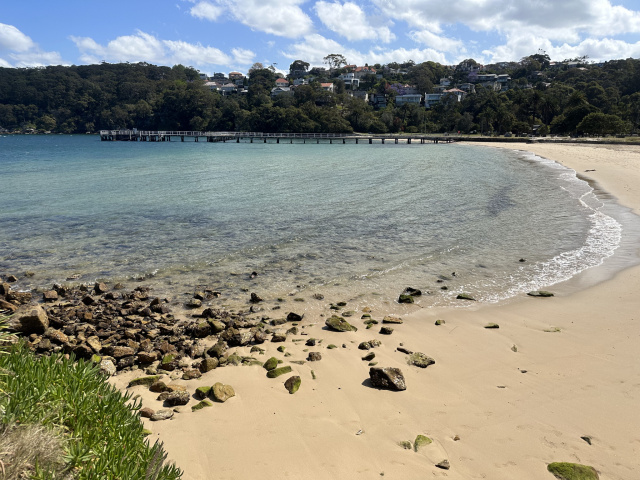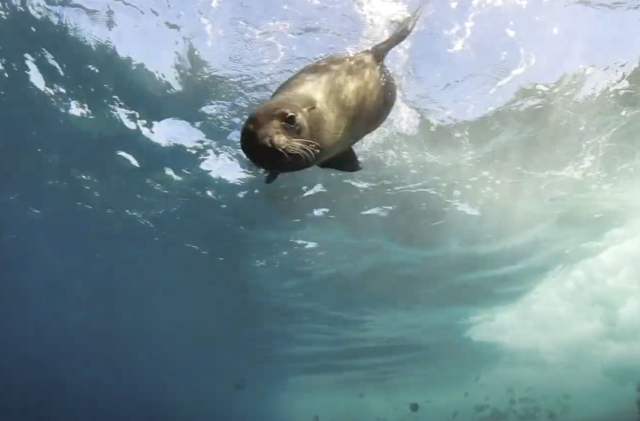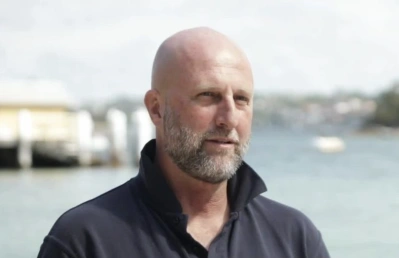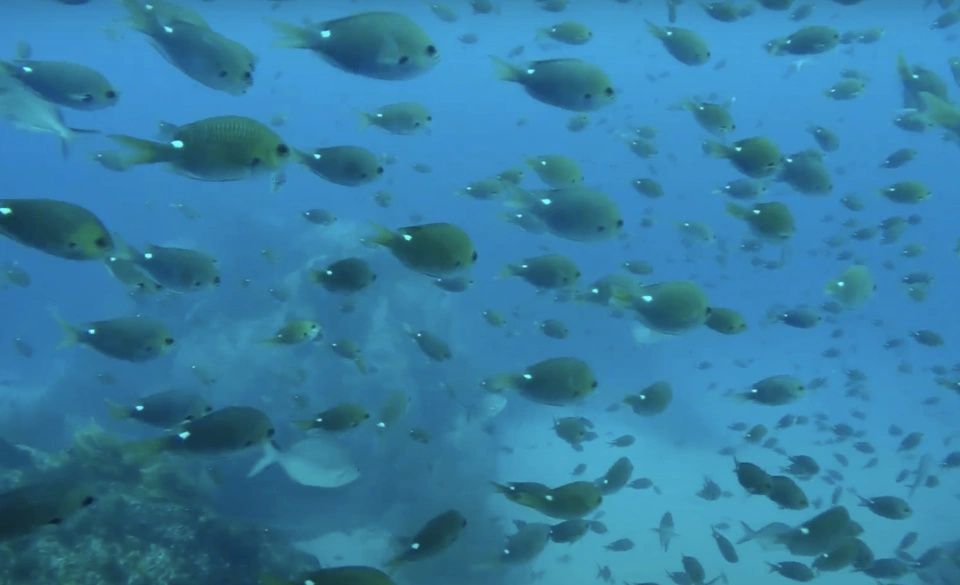We've got everything, from this rich human history. It was one of the first places of European settlement. If you look up at the top of George's Heights, there are heritage listed almost convict era dwellings. Then there is this natural untouched beauty that we see. A remarkable beach that is right in the middle of Sydney, probably less than four kilometres from the CBD. You look around, often there's just one person on the beach, that almost feels like they could be anywhere in the world, as opposed to in the middle of a city that has got five million people in it. I think that makes Chowder bay, just by itself, a very unique part of not only Sydney, of Australia, but globally.

It got a bit rough right as I sort of went around, as I turned onto the ocean facing side of the harbour. So I thought I'd turn around, but as I turned around, there was a seal right there. It was just sunbathing, laying on its back, floating in the water, sun-baking.
Here I was in part of a city with five million people, sitting just a metre or two away from this beautiful sea creature, kind of having this moment with it. It was just really nice, and I didn't want to hassle it - I didn't want to be that guy - but I turned around to come back, and it swam and followed me back, pretty much all the way back to Chowder Bay. It is impossible, just as a human, not to be touched, by something so special in what is one of the busiest harbours in the world.

It is impossible, just as a human, not to be touched, by something so special.

Brett Fenton
We've got everything, from this rich human history. It was one of the first places of European settlement. If you look up at the top of George's Heights, there are heritage listed almost convict era dwellings. Then there is this natural untouched beauty that we see. A remarkable beach that is right in the middle of Sydney, probably less than four kilometres from the CBD. You look around, often there's just one person on the beach, that almost feels like they could be anywhere in the world, as opposed to in the middle of a city that has got five million people in it. I think that makes Chowder bay, just by itself, a very unique part of not only Sydney, of Australia, but globally.

It got a bit rough right as I sort of went around, as I turned onto the ocean facing side of the harbour. So I thought I'd turn around, but as I turned around, there was a seal right there. It was just sunbathing, laying on its back, floating in the water, sun-baking.
Here I was in part of a city with five million people, sitting just a metre or two away from this beautiful sea creature, kind of having this moment with it. It was just really nice, and I didn't want to hassle it - I didn't want to be that guy - but I turned around to come back, and it swam and followed me back, pretty much all the way back to Chowder Bay. It is impossible, just as a human, not to be touched, by something so special in what is one of the busiest harbours in the world.

It is impossible, just as a human, not to be touched, by something so special.
You might like...

From surfing came a love of the ocean

Mosman Flora and Fauna Survey

Rainbow Lorikeet feeds chick

Sydney Harbour’s extraordinary marine biodiversity
Newsletter
Sign up to keep in touch with articles, updates, events or news from Kuno, your platform for nature
